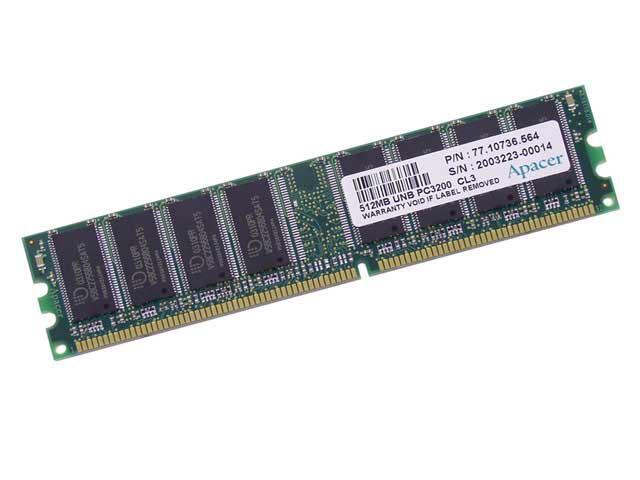I decided to go with an Asus P4P800 Deluxe motherboard for a couple of reasons. The first is the chipset.
The chipset is basically the device that helps the motherbord components (like the RAM and the processor) talk to each other. Intel currently puts out two chipsets for P4 processors:
* Springdale (865PE) and
* Canterwood (875)
The 875 is more expensive because it has Intel's Performance Acceleration Technology (PAT) that make's the system faster. Well, doing some
investigative reporting, Tom's Hardware Guide found that the chipsets were actually the same thing, but in the 865, Intel had basically disabled the PAT. Asus, however, found a way to enable PAT on an 865 chipset. So their motherbords are the fastest Springdales out there ... because they're pretty much Canterwoods with a Springdale price. How cool is that?!
The other reason I went with this board is because it has an 800MHz Front Side Bus, DDR400 RAM support (more on that later) integrated 6.1 audio, gigabit ethernet, firewire, USB 2.0 and some SWEET overclocking features.
Here's the web page for the
P4P800.




